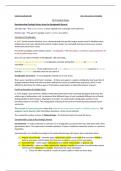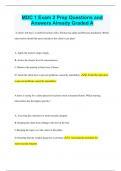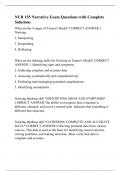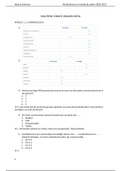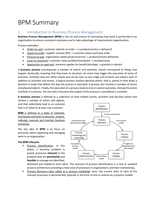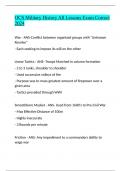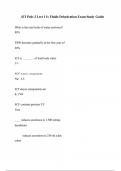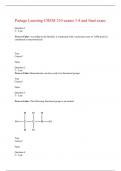Lecture notes
LEC 172 Lecture Notes & Understanding Earth Notes
- Module
- Geology (LEC172)
- Institution
- Lancaster University (LU)
Word documents containing written up lecture notes from the lectures & associated power points. Colour coded and detailed summary notes of the relevant and accompanying chapters of Understanding Earth (main textbook for the course).
[Show more]
